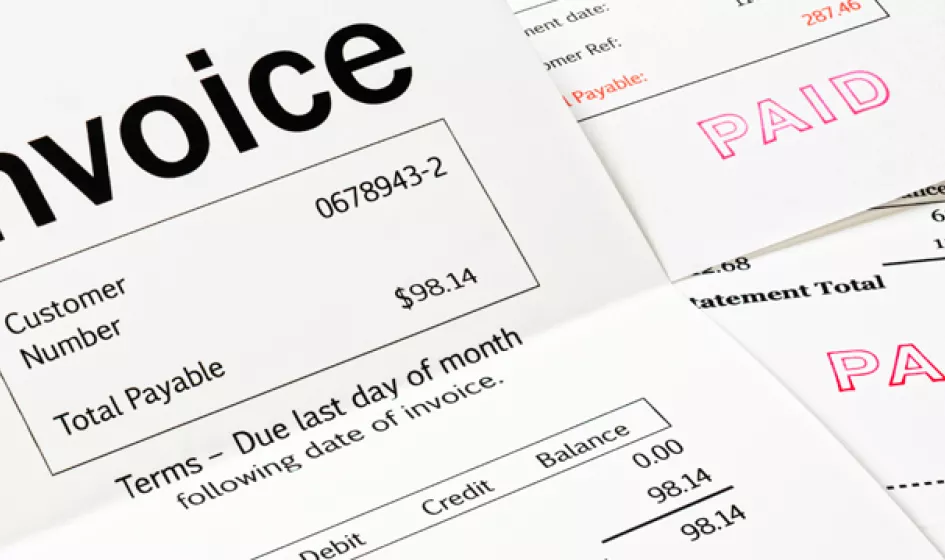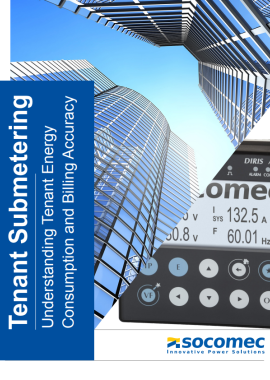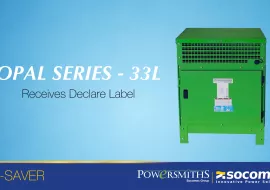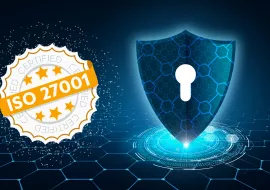Closing coal facilities and decommissioning peaker plants have had implications for office spaces and large residential units. Their electricity cost per square foot reached $1.70 per square foot in 2017, up ten cents from the year before. This means that metering is more important than ever, and the accuracy of the complete metering system is vital. Here’s why building owners should use accurate meters to keep tenants and utilities happy:
1. Accuracy of the Complete Metering System Keeps Tenants Content
Commercial and residential building tenants don’t like paying high costs for electricity—for many businesses, it represents one of their largest overhead expenses—and they will notice when their bills seem unfair. Tenants that normally use a small amount of power will see if their bills go up, and they’ll be quick to point the finger at tenants in larger offices or those using more high-tech equipment. Without an accurate energy metering system, tenants will dispute their energy bills or simply leave once their leases run out.
2. Quickly Identify the Biggest Electricity Consumers
When building owners average their energy costs by dividing their utility bills by the number of tenants, it prevents them from detecting the outliers. By contrast, an accurate meter allows building owners to identify which tenants in their building are using the most energy. This allows for a conversation: does the tenant want to mitigate their energy costs? Are there ways in which the building owner can help, such as by installing energy-efficient fixtures?
3. New ANSI Metering Standards
Even if most tenants in a building are satisfied with their energy bill, regulatory standards still compel building owners to install accurate meters. The most important of these is ANSI C12.20, which was recently revised to include three new accuracy classes.
ANSI metering standards are not mandatory in and of themselves; it is not required by law to purchase electricity meters that comply with a particular accuracy class. That being said, utilities inside the United States will usually specify that buildings must use meters of a certain accuracy to draw power. Outside the US, IEC standards dominate, but these standards are also directly informed by the specifications of the ANSI.
Per the above, nearly every meter on the market will conform to either the ANSI or the IEC standard, but there are variations within these standards. Some ANSI meters are more accurate than others. A less accurate meter has a good chance of reporting that a building has used more power than it actually did. Most meters used for tenant metering will report up to a 1% error, plus the error introduced by current transformers. Over time, this will add up to a substantial extra payment.
Your Existing Metering System May Not Meet Accuracy Standards
Without an accurate metering system, building owners will pay increased costs to utilities, and pass those costs along to their tenants. This will greatly increase tenant dissatisfaction and increase vacancy rates. That’s why Socomec offers the best in class accuracy at 0.5% for total error (meter + CT’s). For more information on meter accuracy, take a look at our latest technical note!











